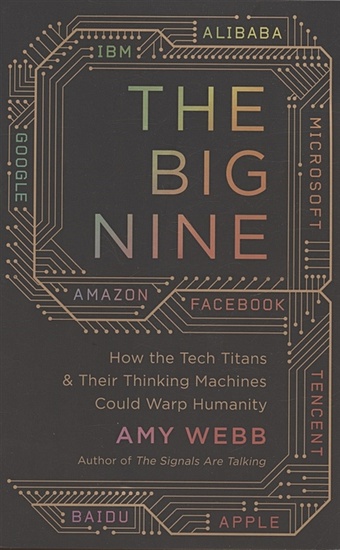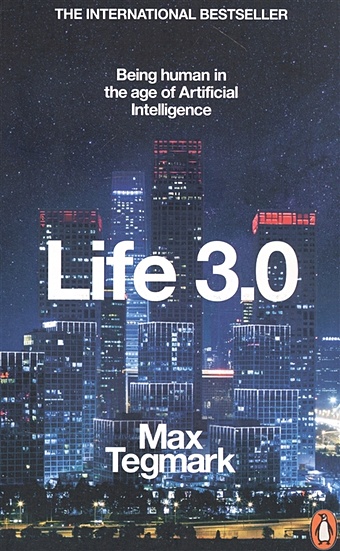ChatGPT: The AI That’s Breaking Down Language Barriers
[ad_1]
Overview
Language is an essential tool for communication, and the inability to speak a language fluently can be a source of frustration and difficulty. Advances in artificial intelligence have created opportunities to break down the language barrier through digital tools and devices. ChatGPT is one such tool that employs AI technology to break down language barriers, becoming a reliable implementation in the field of natural language processing. ChatGPT enables languages to better engage cross-border interactions and communication. In this article, we will explore ChatGPT, its history, advantages, and how it’s breaking down language barriers.
H1 – What is ChatGPT?
Chat GPT (Generative Pre-training Transformer) is an AI-driven natural language processing tool that helps people to break down language barriers. The tool was developed to improve the accuracy and flow of machine-generated text in different languages. It was created using Machine Learning algorithms that enable the tool to learn and adapt to new languages and clients’ site-seen data automatically. Language models like GPT allow the system to train how to converse with humans by simulating human-like writing patterns. Thus, ChatGPT can respond to queries, converse like an expert, and offer meaningful information even in complex language.
H2 – How does ChatGPT work?
ChatGPT works through an efficient machine learning algorithm commonly referred to as the transformer architecture. The algorithm operates on a large pretraining dataset composed of extracted text from chat platforms and the internet at large. These datasets are then trained for days using GPU processing, allowing the model to gradually learn and understand the essence of language.
The transformer architecture’s primary role is to enable the machine to generate text that makes sense to the reader. This is achieved through effective data preprocessing – this stage involves tokenization, in which words are transformed into numbers, and then contextualizing them as sequences through a process called embedding.
Once the machine has been trained, ChatGPT receives the conversation inputs in natural language through its application or API. The system then performs various necessary computations to map out the underlying intent within the input sequence. It uses pre-trained models to identify the user’s request and then generates an appropriate response that aligns with the conversation’s goal.
H3 – Advantages of using ChatGPT
1) Personalization – ChatGPT is designed to personalize its response to each user’s needs, depending on the text people input, allowing for a more efficient and personalized experience for the user.
2) Time-saving – ChatGPT can help save time for both customers and companies. It has an immediate response time, and it can handle multiple conversations simultaneously. Thus, businesses can respond to multiple queries at once, making it easier for clients to get their problems resolved.
3) Cost-effective – Hiring a human to respond to customer queries requires a lot of time, resources, and money. With ChatGPT, businesses can save on costs while improving customer interaction. ChatGPT can handle a high volume of customer queries while minimizing delays and reducing the cost of hiring support staff.
4) Increased accessibility – ChatGPT’s automated nature enables it to provide translations and communicate with people who have language difficulties, especially when it comes to technical terms or words.
H4 – Limitations of using ChatGPT
ChatGPT’s performance may be limited by the quality and quantity of the datasets used to pretrain the machine learning architecture at the core of its operation. Incomplete or inaccurate training datasets can lead to poor-performance systems that lack consistent feedback. Other limitations may include:
1) Ambient Noise – ChatGPT may not be able to interpret commands accurately if the environment is too noisy, and the conversation input is unclear.
2) Overdependence – It is essential to keep ChatGPT in balance with other communication platforms since excessive dependence may make it too monotonous and less engaging.
3) Lack of Flexibility – In some cases, the tool may fail to display empathy or modify its response since its abilities are entirely based on the training data in use. The lack of flexibility isolates the tool from the broader range of cognitive and emotional nuances of human conversation.
FAQs
Q1) How does ChatGPT communicate with other systems?
ChatGPT being an AI language model communicates through various integration mechanisms like APIs and webhooks with other systems for data transfer, storage, and delivery.
Q2) How can businesses integrate ChatGPT into their communication system?
Businesses can integrate ChatGPT by incorporating it into the communication system’s API on which their communication software or application is built. Alternatively, they can use ChatGPT SDKs to customize the conversational flow and integrate it with their communication systems.
Q3) Can ChatGPT work for any industry?
Yes, it can work with any industry since it understands and interprets natural language. With proper training using relevant industry data, the tool can adapt and function efficiently.
Q4) Is ChatGPT an open-source tool?
ChatGPT is not open-source; it is a commercial product developed by AI companies that provide APIs or SDKs for businesses to integrate the tool in their communication software or application.
Q5) What languages does ChatGPT support?
ChatGPT supports several languages, including English, Spanish, French, German, Italian, Portuguese, Russian, and Chinese.
Conclusion
Language barriers have always been a significant problem in communication, hindering interpersonal relationships, business operations, and other human interactions. Tools like ChatGPT, driven by natural language processing and machine learning algorithms, provide a solution to this problem. These tools have enormous potential for breaking down cross-border communication barriers and fostering better customer interaction. Although ChatGPT has a few limitations, its benefits far outweigh the challenges. As a result, enterprises and other organizations need to consider leveraging AI language models like ChatGPT to improve their overall communication, instantly respond to queries, save costs, and deliver satisfactory customer service experiences.
[ad_2]





